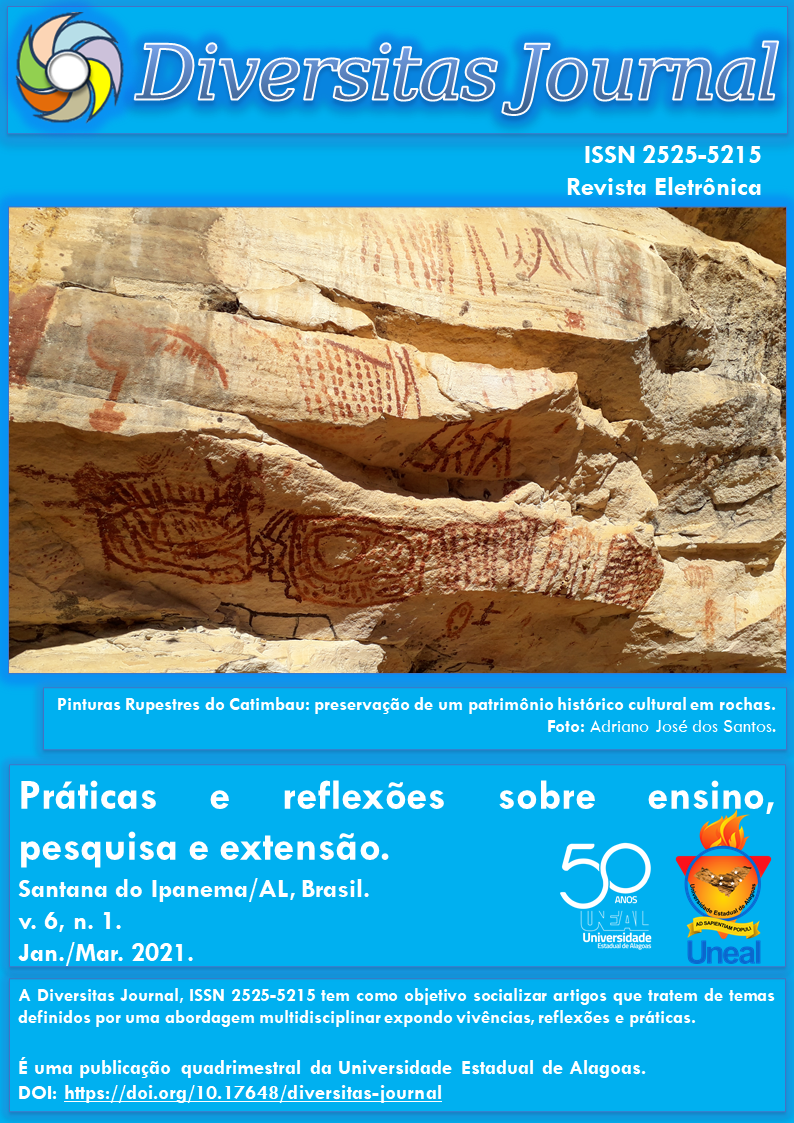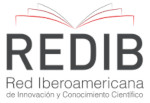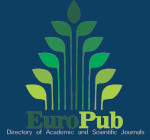A imagem visual no livro didático de história do ensino médio da rede estadual da Paraíba investigada na perspectiva da Análise Arqueológica do Discurso
DOI:
https://doi.org/10.17648/diversitas-journal-v6i1-1691Abstract
ABSTRACT: The 21st century has as its indelible mark the ubiquity of the visual image in its various genres, so it is necessary to develop approaches tht allow to approach it in its field of existence. The school as a cultural space has as its purpose the training of social subjects and in this way, it plays a very important role. For, it performs the mediating function throug the educational practices of accumulated historical knowledge that are present in the textbooks used in it. It is from this place that this research offers itself to investigate the order of discourse in the high school history textbooks of the state network of Paraíba established by the enunciative series that position the visual images along them. The theoretical-methodological approach chosen to carry out the analysis of the findings was the Archeological Theory of Discourse (TAD), by Michel Foucault (2015) wich has an operating horizon based on three stages, namely: map, excavate and analyze descriptively (ALCANTARA; CARLOS, 2013) wich operates as follows: in the firt stage – the horizontalization phase of the research, represents the moment in which we collected the data, the information, where the first evidence is found; in the second stage – the phase in which the research will be verticalized, marks the instant when we look at what was selected and thus constitute the archeological terrain of the investigation, the place where the excavation will take place by choosing the most appropriate tools; in the third and last stage – occasion when the findings of the research will be communicated.
KEYWORDS: Visual image. History textbook. Order of Speech.
Metrics
References
ADORNO, Theodor. Teoria estética. Tradução de Artur Morão. Lisboa: Edições 70, 1970.
ARENDT, Hannah. Origens do totalitarismo. Tradução: Roberto Raposo. São Paulo: Companhia das Letras, 2012.
BOULOS JÚNIOR, Alfredo. História sociedade & cidadania, 1º ano. 2. ed. São Paulo: FTD, 2016ª.
______.História sociedade & cidadania, 2º ano. 2. ed. São Paulo: FTD, 2016b.
______.História sociedade & cidadania, 3º ano. 2. ed. São Paulo: FTD, 2016c.
CARLOS, Erenildo João (Orgs.). Por uma pedagogia crítica da visualidade. João Pessoa: Editora Universitária da UFPB, 2010, 246 p.
CARLOS, Erenildo João; VICENTE, Dafiana do Socorro Soares (Orgs.). A importância do ato de ver. João Pessoa: Editora Universitária da UFPB, 2011, 184 p.
DA SILVA, Maria Lúcia Gomes. A cultura midiática e suas implicações na educação de jovens e adultos. In: CARLOS, Erenildo João. (Org.). Educação e visualidade: reflexões, estudos e experiências pedagógicas com a imagem. João Pessoa: Editora Universitária da UFPB, 2008. p. 57-76.
FOUCAULT, Michael. Arqueologia do Saber. Tradução: Luiz Felipe Beata Neves, 8ª. ed. Rio de Janeiro: Forense Universitária, 2015.
______.As palavras e as coisas. Tradução: Salma Tammus Muchail. 10. ed. São Paulo: Martins Fontes, 2016.
GIACOMONI, Marcello Paniz; VARGAS, Anderson Zalewski. Análise do Discurso. Veredas On Line, p. 119-129 –PPG Linguística/UFJF –Juiz de Fora, 2/2010.
JOLY, Martine. Introdução à análise da imagem. Trad. Marina Appenzeller. 14. ed. Campinas, SP: Papirus, 2012. 152p.
OVIDIO. Metamorfoses. XI, 85-193. Tradução de Ana P. Veja. 3. ed. Sevilla, 2002-2008.
SEVCENKO, Nicolau. O Renascimento.16. ed. rev. atual. São Paulo: Atual, 1994.
VEIGA-NETO, Alfredo J. Michael Foucault e educação: há algo de novo sob o sol? In: Crítica pós-estruturalista e educação. Porto Alegre: Sulina, 1995. p. 10-14.
VICO, Giambattista. A interpretação do processo histórico. In: GARDINER, Patrick. Teorias da História. Tradução: Vítor Matos de Sá. 6. ed. Lisboa: Fundação Calouste Gulbenkian,2008, p. 11-26.
VISENTINI, Paulo G. Fagundes; PEREIRA, Analúcia Danilevicz. História do mundo contemporâneo: da Pax Britânica do século XVIII ao Choque das Civilizações do século XXI. Rio de Janeiro: Vozes, 2008.
Downloads
Published
How to Cite
Issue
Section
License
Copyright (c) 2021 Eduardo Jorges Pugliesi

This work is licensed under a Creative Commons Attribution 4.0 International License.
The Diversitas Journal expresses that the articles are the sole responsibility of the Authors, who are familiar with Brazilian and international legislation.
Articles are peer-reviewed and care should be taken to warn of the possible incidence of plagiarism. However, plagiarism is an indisputable action by the authors.
The violation of copyright is a crime, provided for in article 184 of the Brazilian Penal Code: “Art. 184 Violating copyright and related rights: Penalty - detention, from 3 (three) months to 1 (one) year, or fine. § 1 If the violation consists of total or partial reproduction, for the purpose of direct or indirect profit, by any means or process, of intellectual work, interpretation, performance or phonogram, without the express authorization of the author, the performer, the producer , as the case may be, or whoever represents them: Penalty - imprisonment, from 2 (two) to 4 (four) years, and a fine. ”















.png)




